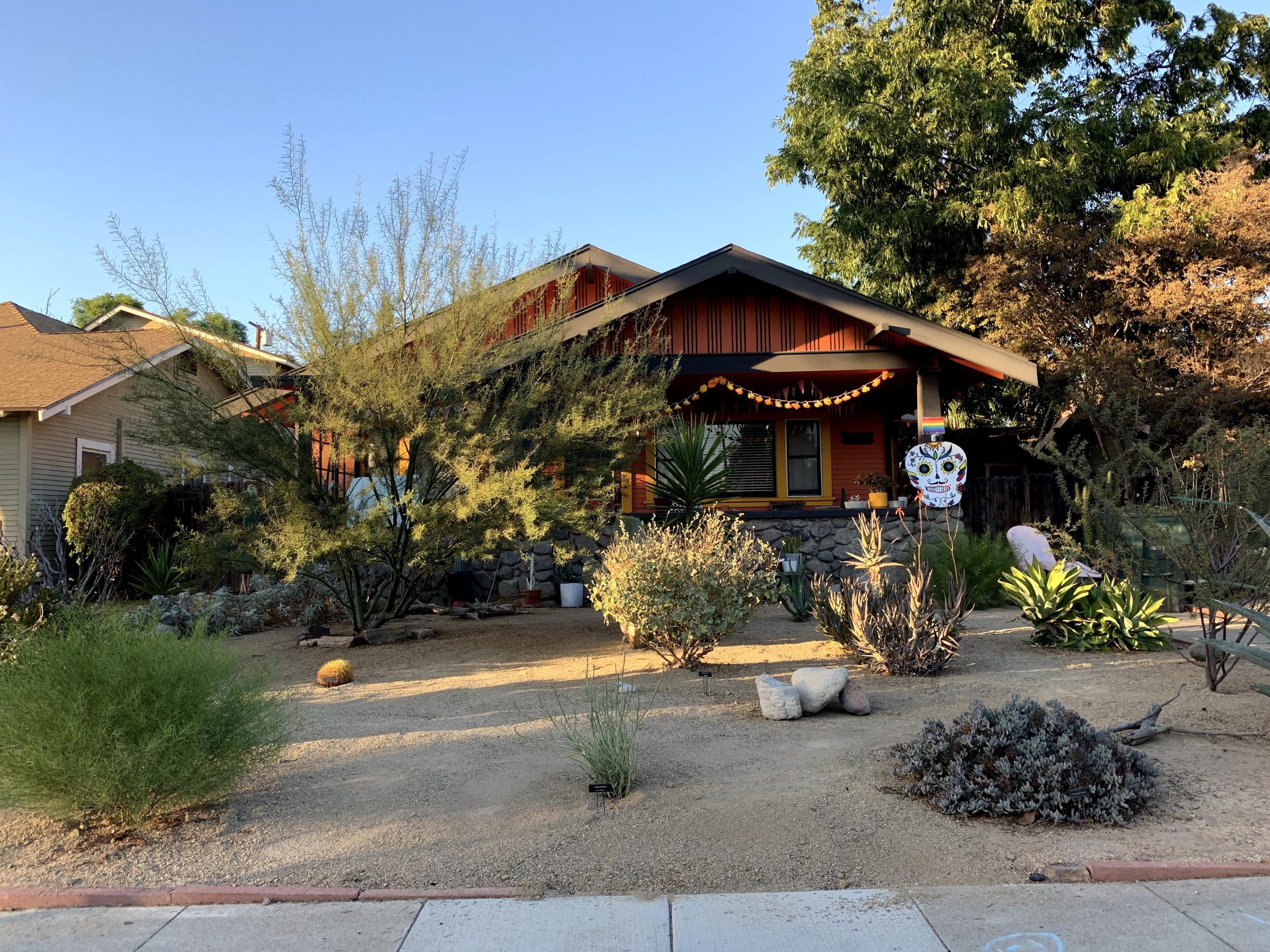The Story
We have been growing cacti in our backyard since 2019.
The xeriscape of our 1921 craftsman’s front yard inspired my interest in growing plants. As many of you have seen, the bright colors of our home are a perfect backdrop for growing columnar cactus, barrels, aloe trees, and natives.
When my two children were about 2 and 3 years old, we moved into this wonderful craftsman. It had a bare backyard and a very overgrown front yard. Like extremely overgrown, there was a massive austrocylindropuntia bush, 5 feet tall agave americanas, multiple 7 feet tall wild tobacco plants and an Acacia greggii that snagged on every persons shirt or dress that walked into the house. But thankfully, thankfully the front yard was not a big grass lawn.
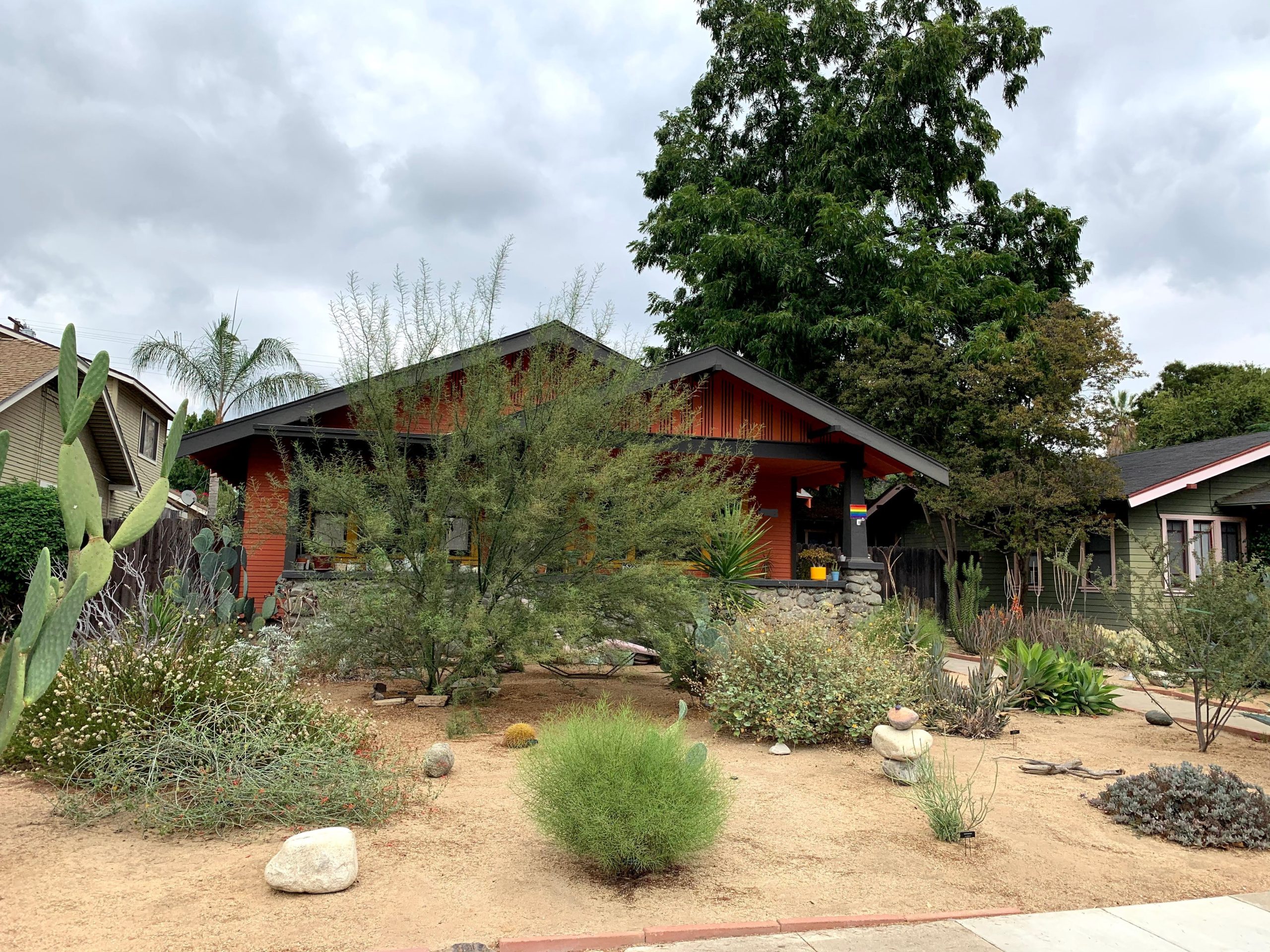
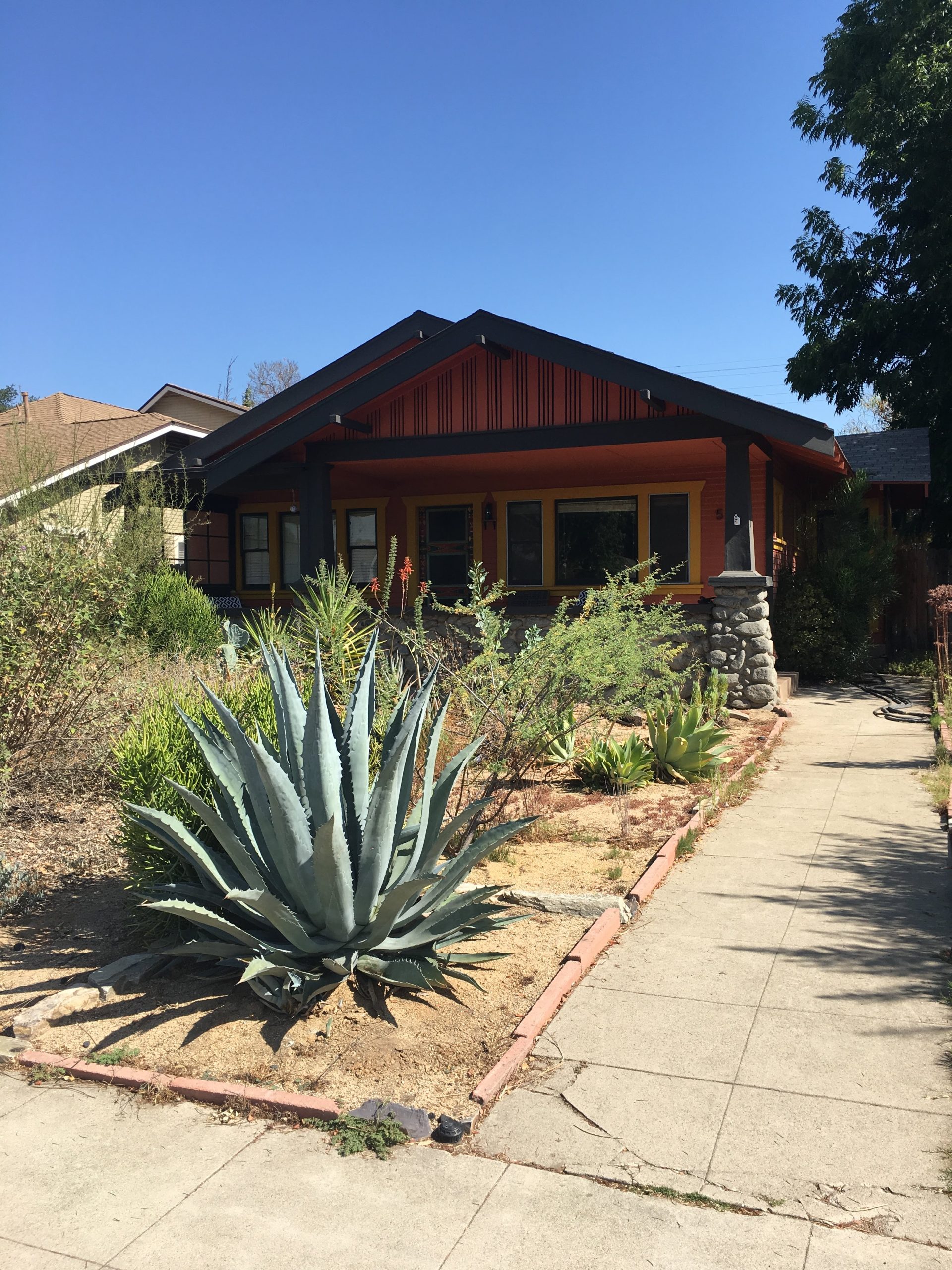
After clearing two thirds of the yard, the gears in my head started turning. All that was left was the opuntia ficus indica, robusta, and the Palo Verde tree.

We were going to the local Noren’s Nursery and Glendora Gardens Nursery and there were certain plants that were becoming very interesting to me. Cacti! Succulents! Weird plants I knew nothing about. Slowly but surely, I started purchasing some of the little things I could fit into terra cotta pots. We had such a nice porch with so much space for lots of plants.
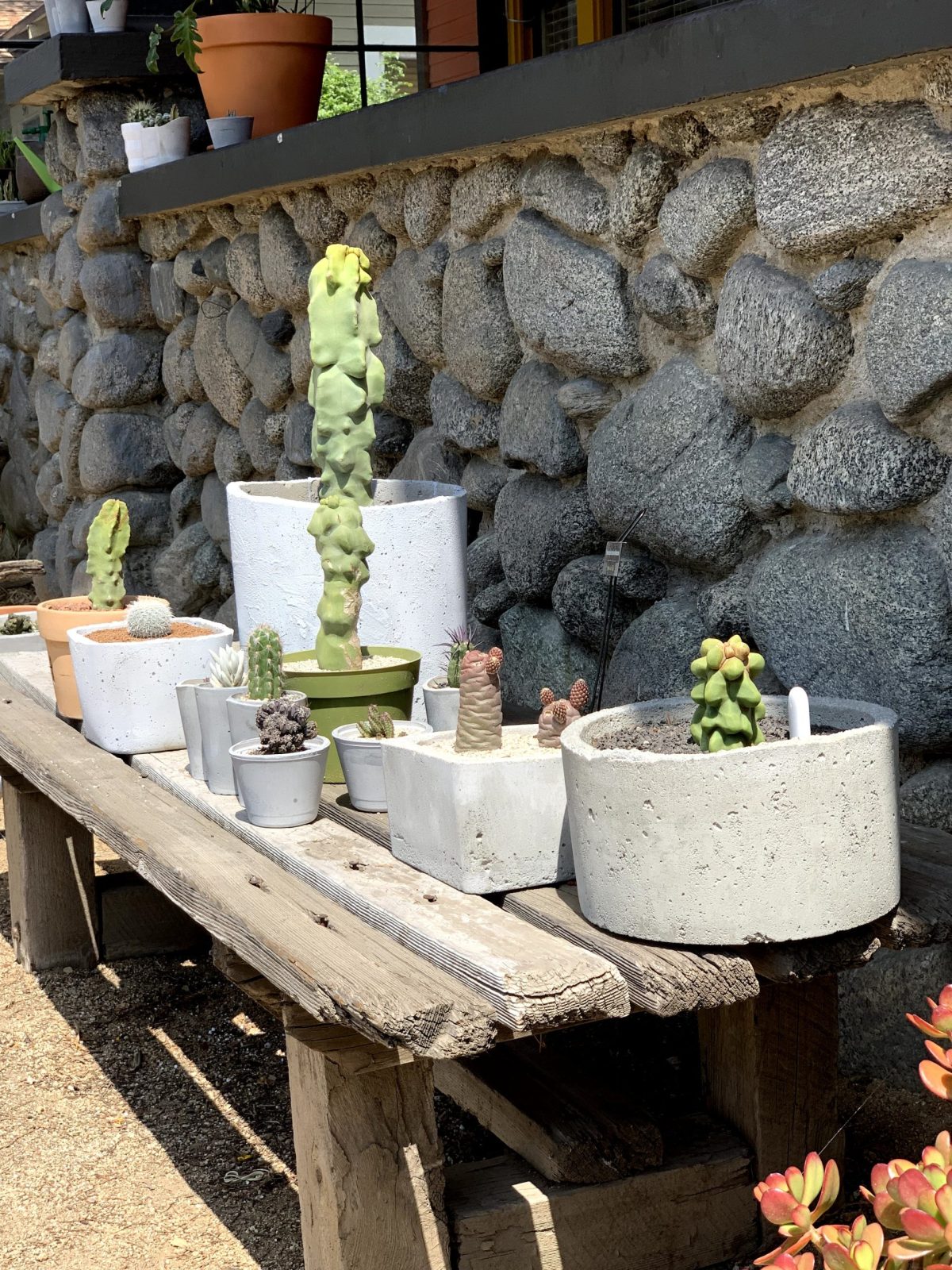
But what was I going to do with all this empty space in the front yard? There was so much blank decomposed granite to work with. There had to be something that would grow nice and tall, and give shapes and form to the front of the house.
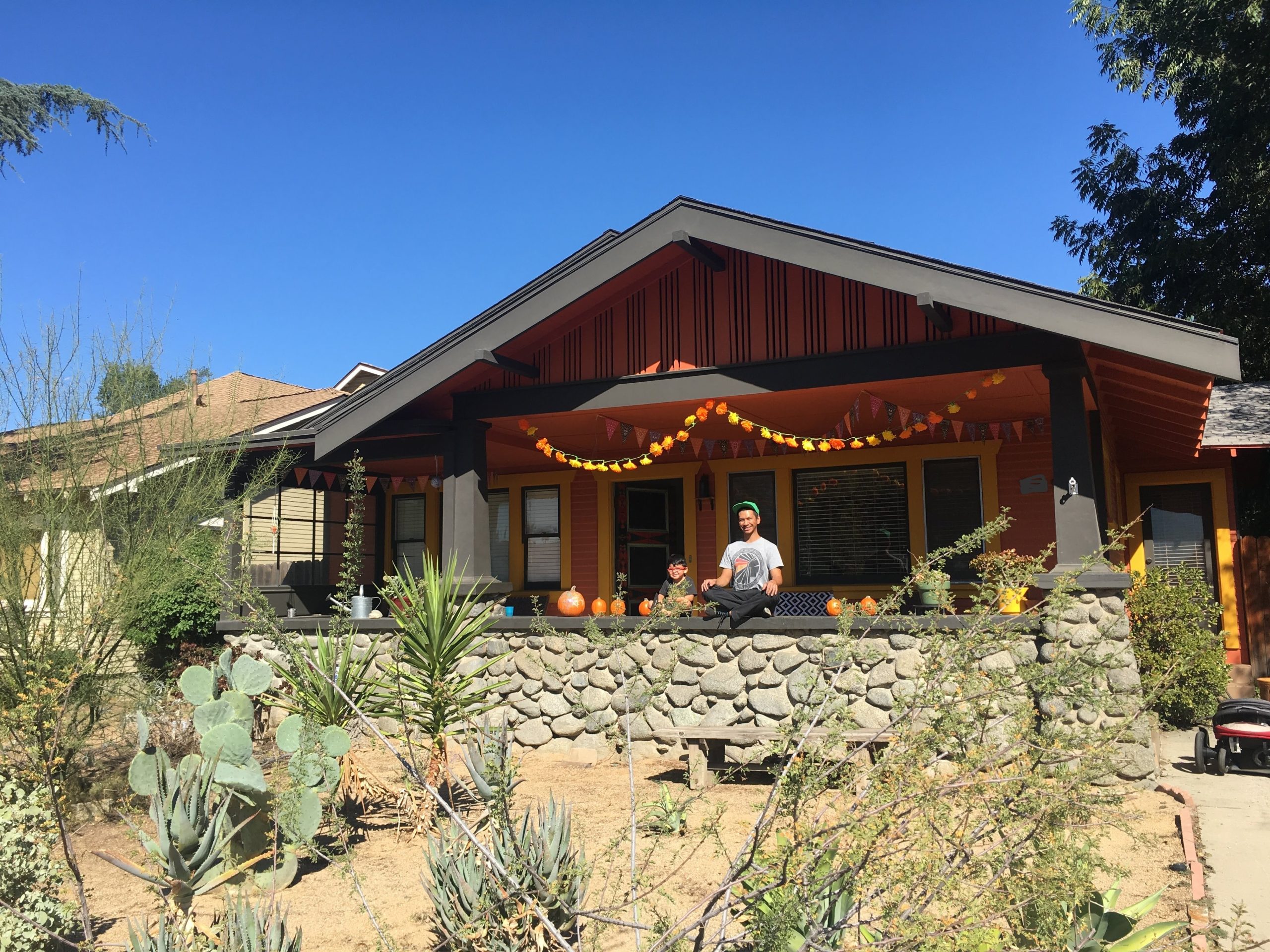
Slowly, we started to remove the massive agaves on the easement that prevented the kids from getting out of the car safely. We chopped away the large bushes of tobacco that the previous owner had planted and we got rid of some of the common cactus that we weren’t attached to. We even offered some of the large plants locally if they came and dug them up themselves. There’s something special about having some stranger dig out the austrocylindropuntia while you sit in your adirondack and drink a lemonade on the front porch.
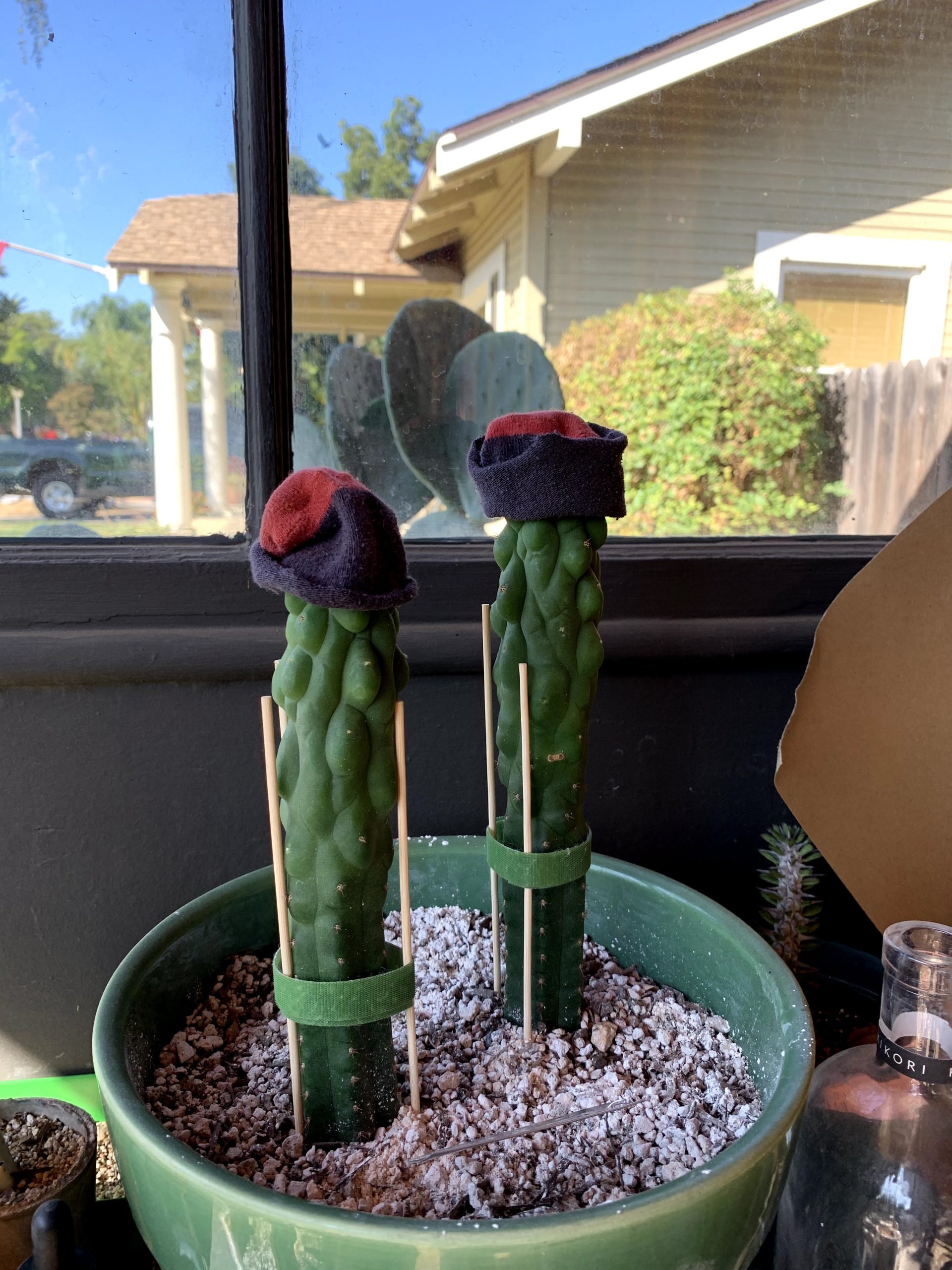
I started OCD deep diving into plant species and my interest was actually pointing towards the columnar cactus. I wasn’t really on Facebook much at the time, but there was an ad to join a group called “The Trichocereus Community”. I joined in, and saw all these cultivar names for the different related species: trichocereus pachanoi, peruvianus, bridgesii, scopulicola, terscheckii, chiloensis, and the list goes on and on. So many plants that were all related to the same genera!
Being born in ‘81, I’m like most people in their 30’s and 40’s; we like collecting things. I didn’t collect Pokemon, but I did collect baseball cards, comic books and Magic cards when I was young. Finding that special rare plant that few people had, made total sense to me. It was easy to be attracted to these beautiful plants that had small intricate differences, and had fun names and stories to them.
Not just taxonomical history, but real stories
It’s these kinds of nuances that made collecting cactus so interesting. Not only could they look beautiful in the ground and make our yard beautiful, but it fulfilled a need to obsessively collect something rare.

I also loved being able to meet people who were interested in the same things. Trichocereus growers from the Southern California area were meeting, so I took Benjamin and Saige to our first meetup on November 9, 2019. Everyone there was so nice, so kind, and forgiving of me bringing a Euphorbia lactea variegata as my trade offering for a strictly Trichocereus group. I was sold. I wanted to grow plants as big and beautiful as these other growers, and building the connection to them meant we got to see each other’s gardens.
Growing the plants was the first part of interest, but taking pictures of them was also my jam. So our instagram was created. I loved being able to take pictures of these cacti and their growth habits over weeks or months. The nice thing about Trichos is you can see growth in certain seasons, overnight! The whole concept of #cactusncoffee sprouted from us going into the garden and staring at these geometric growing tips.
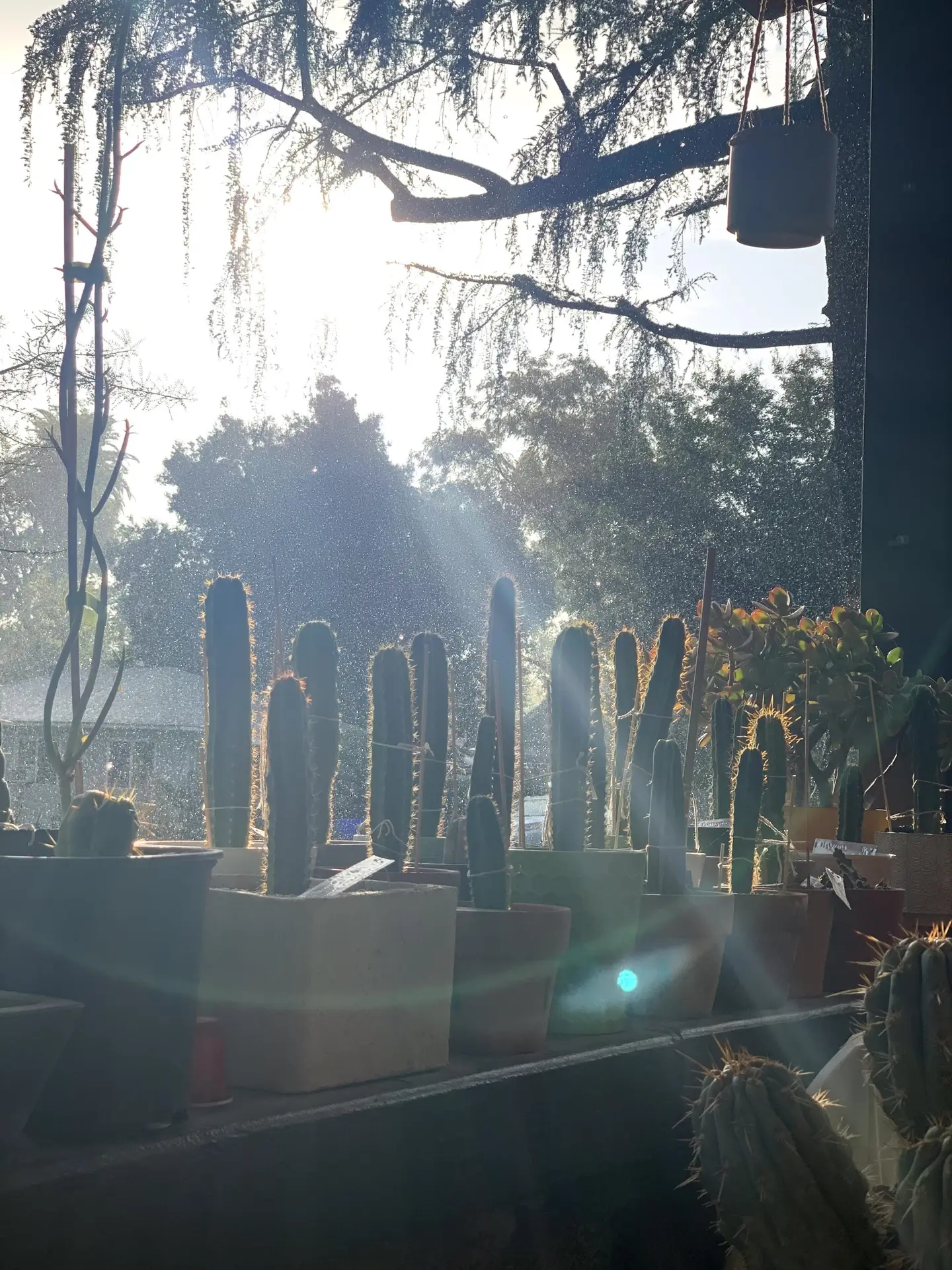
Seeing how the new epidermis was growing, how new spines were showing, and how the older spines were evolving, fascinated me. Then showing it to people on my instagram and facebook, was just so much fun. I enjoyed giving people something interesting to look at from our garden.
The first year and half of my cactus journey were about collecting and growing. I had no idea where my path was going to take me. Being at home with the kids gave me plenty of time to dilly dally around in the backyard. I got to show the kids the different plants, and even got them involved in the process.
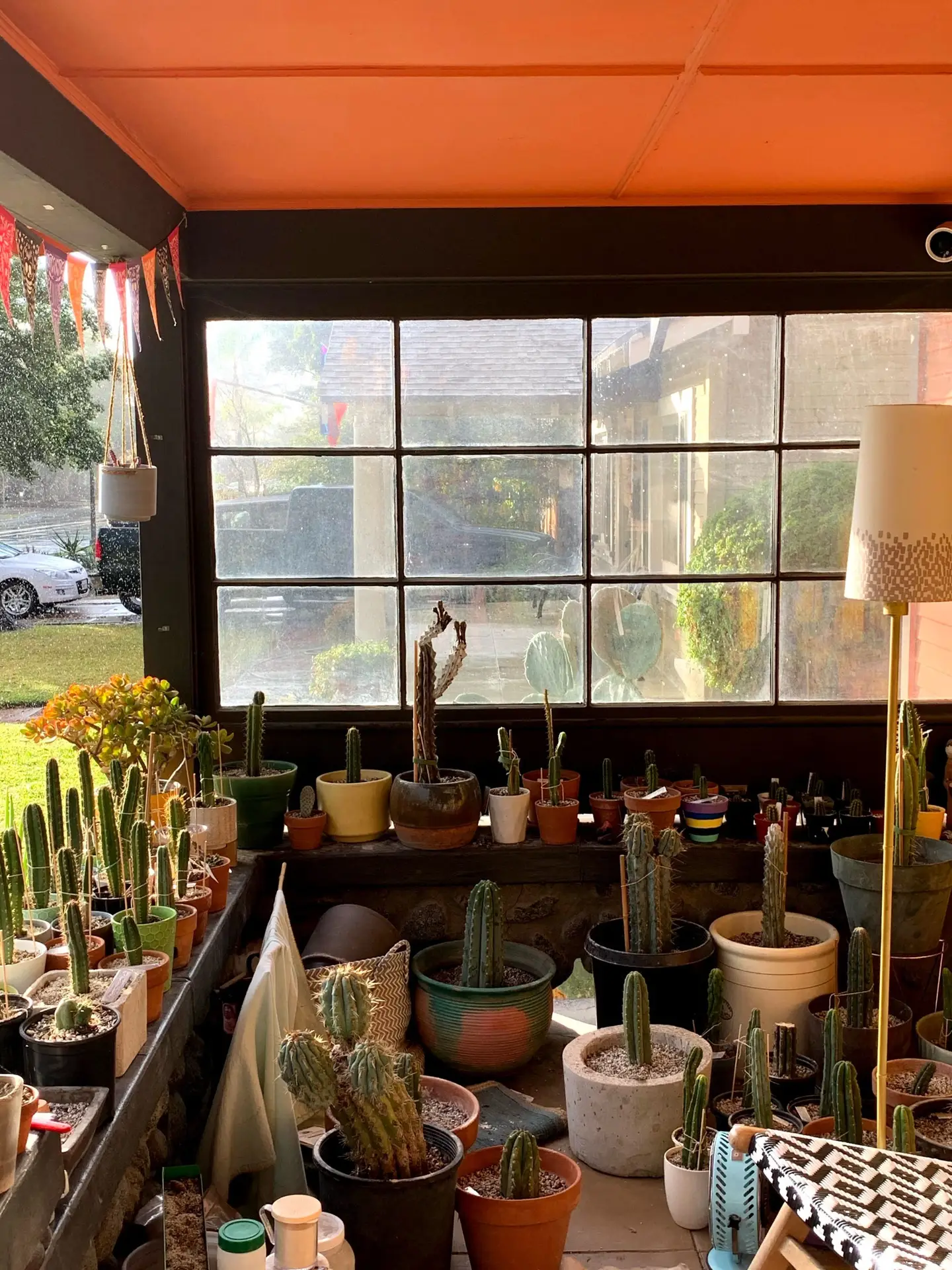
It wasn’t until my collection was starting to become, let’s say, medium sized 🙂 that Marcie asked me, “Why don’t you sell some of them?” The thought had not occurred to me, but it made sense. I was no longer a chef; I was a full time dad. Working in a kitchen with the kid’s complicated pickup and drop off schedule wasn’t feasible.
So instead of amassing more plants just for me, I started to collect with the intention of sowing more from seed. I could sell a few things, and make up the cost to grow in the garden and keep everyone happy (especially my wonderful wife).
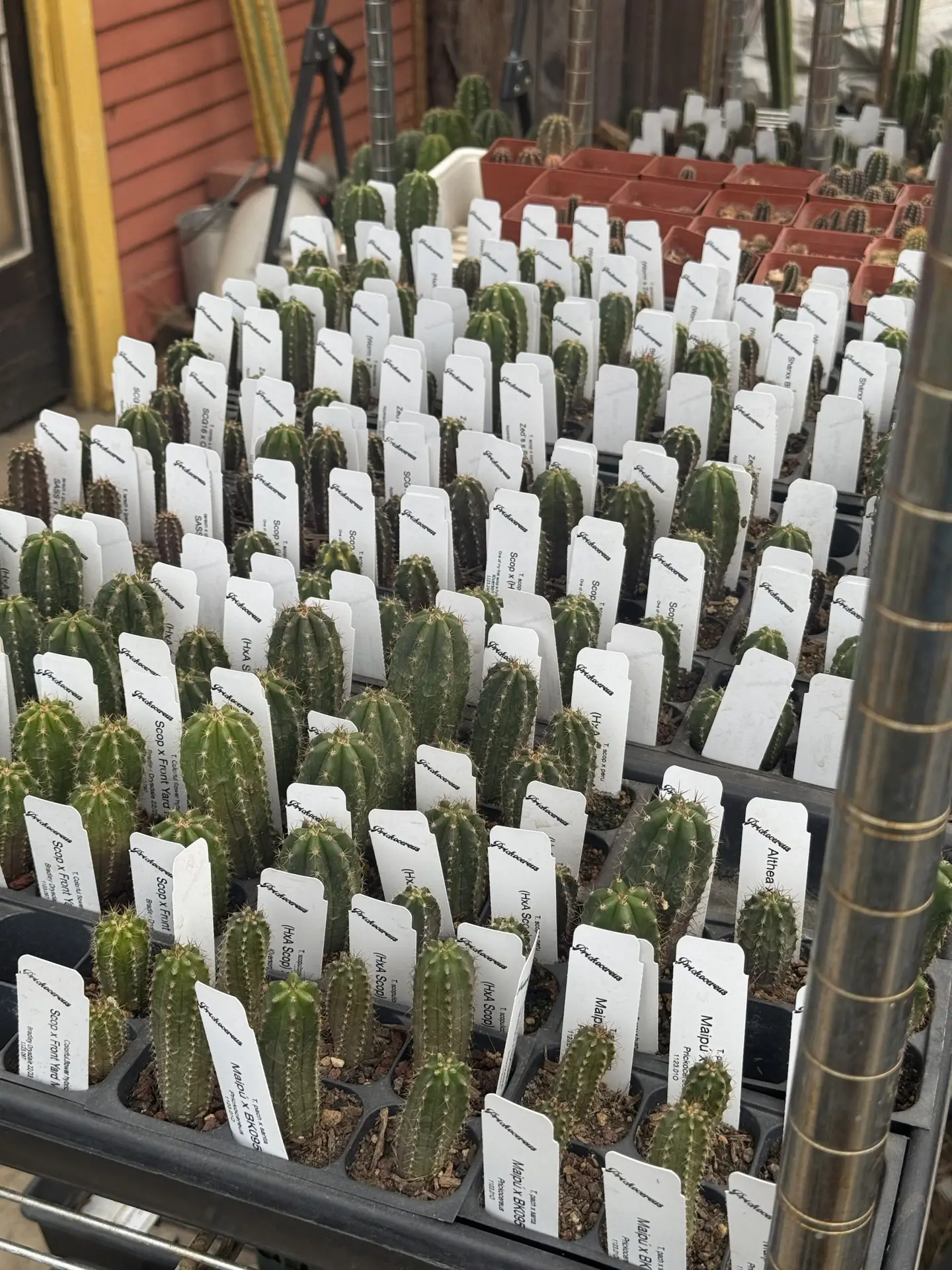
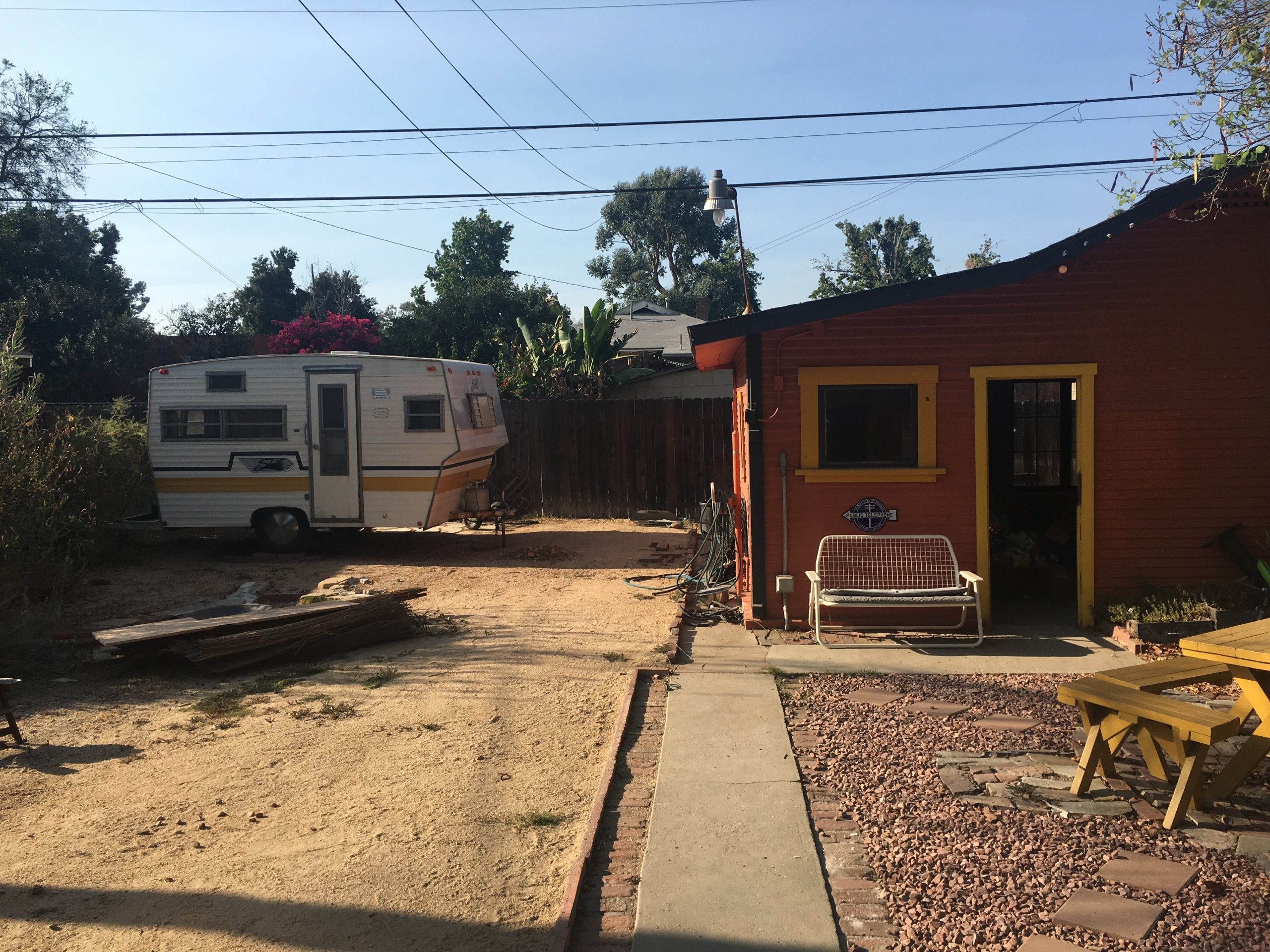
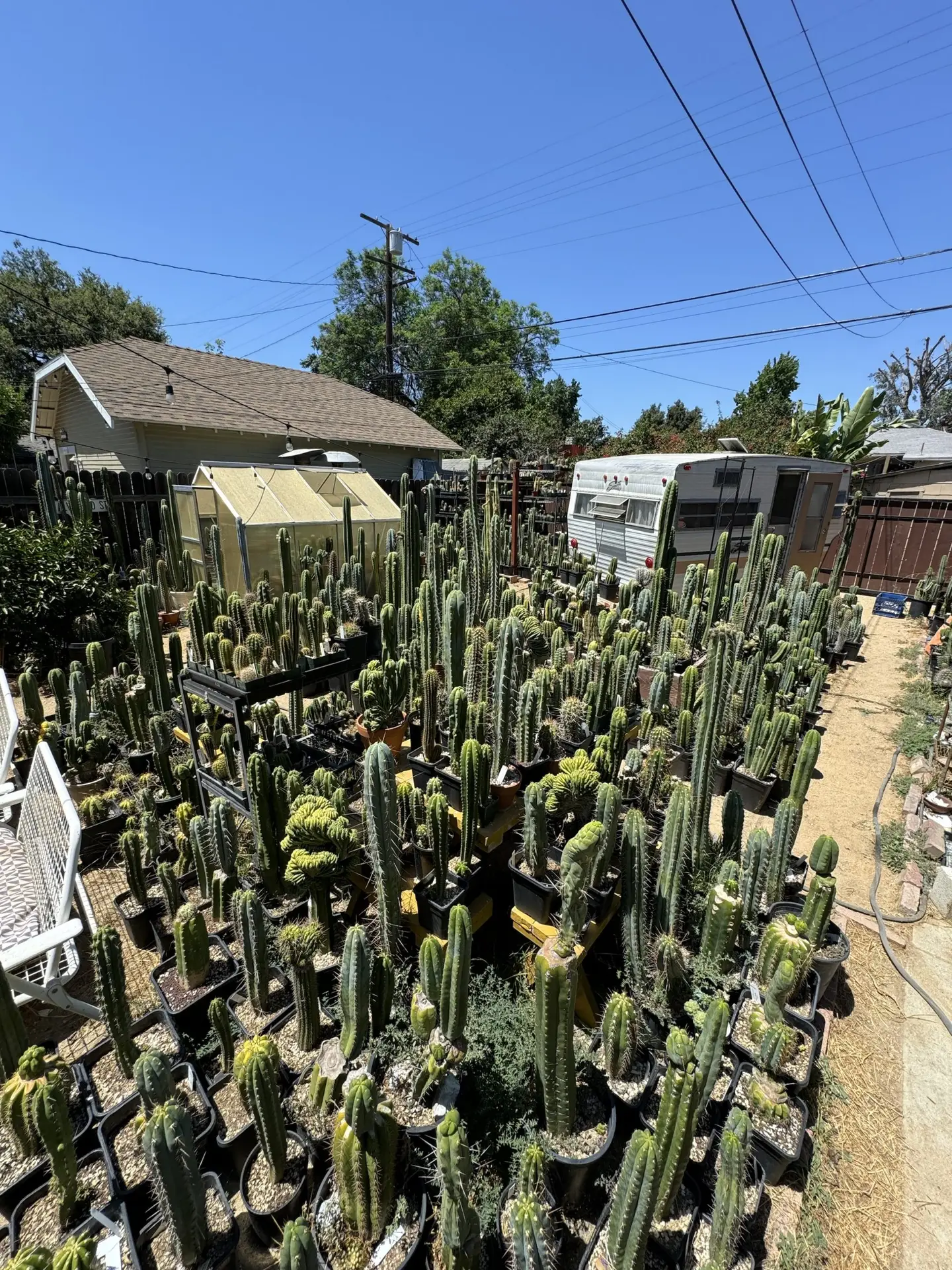
In the end, what really made her happy was seeing me fulfilled in my everyday activities while the kids were at school. It’s not easy to be a full time parent and needing to have an open schedule for drop off, pick up, homework, and after school activities. It’s a lot. Covid also happened during this time, and my time was focused on being a full time dad and a full time zoom school monitor, while my wife was teaching her zoom classes in another room.
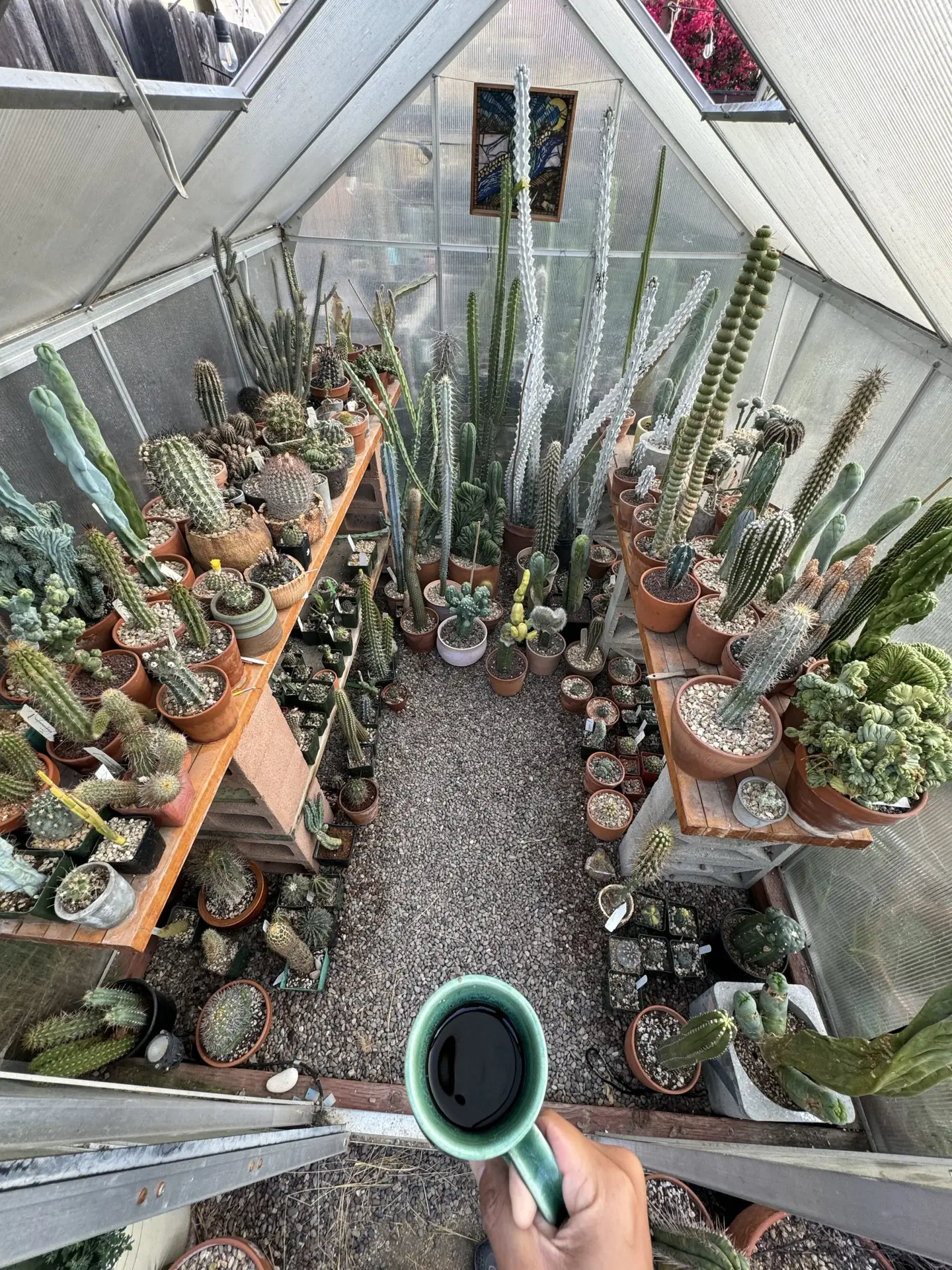
It was perfect! I would spend an hour here and there growing and taking care of the garden, while also making sure the kids got their once in a lifetime, strange, dystopian education on a computer screen.
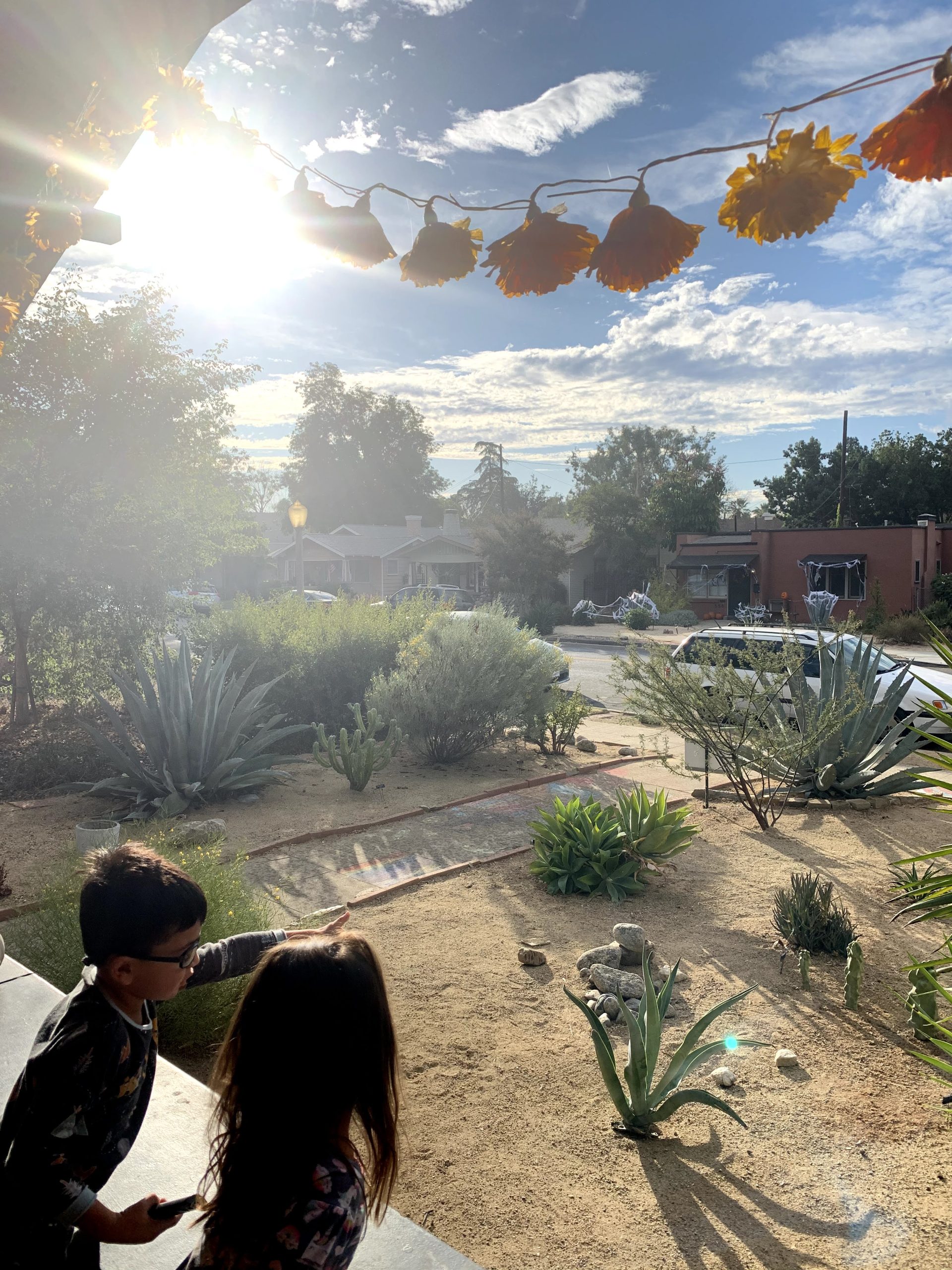
Little did we know that this was the beginning of starting our full time family business of Prickocereus. ,,,
